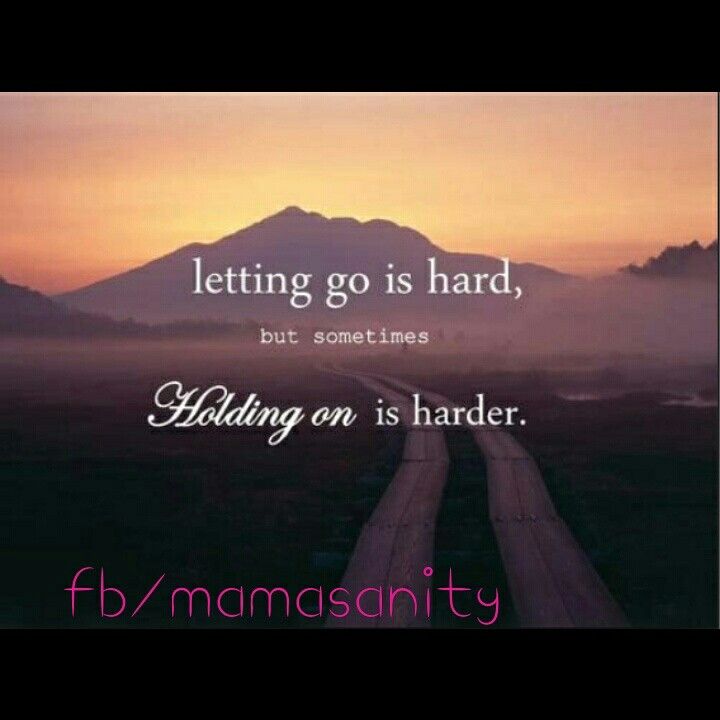
In short, it’s about the emotional attachment we have given our “stuff”.
I must admit, one item I was sent while we lived in Columbus, Mississippi, was an Amish rocking chair in a refrigerator box by my Father. Yup–I’m attached and it will be with me for life. (smile)
While we may have those kind of attachments, realistically, many of us have been raised by Depression Era folks who understandably believed in the “waste-not-want-not” mentality which we feel obligated to follow.
Nevertheless, when it comes to our wellness and letting go as we periodically purge our “stuff” here are some thoughts from Ann Landers: “Some people believe holding on and hanging in there are signs of great strength. However, there are times when it takes much more strength to know when to let go and then do it.”
I’ve found some helpful ideas from a site titled “Simplify 101” regarding letting go:
Anticipate and remove your obstacles.
Before entering your space you want to downsize—think about which items will be easy to let go of and which will be a challenge along with exploring the reason they’ll be difficult to let go of–these are your obstacles. Let’s examine some simple strategies for removing some of the common ones.
Obstacle 1: I might need it someday.
Strategy: Decide when that someday is.
Here’s how it works. You come across something and think “I might need this someday.” Ask yourself, “realistically, when will I need this?” If you can’t come up with a definite answer (and do be honest) then assign an arbitrary date up to six months out. Put the item in a box with the date and move on. If the date on the box comes and you haven’t needed the item, you are now free to send it off to a happier place. And, doesn’t that feel good? This concept could be used when organizing kitchen utensils and even when decluttering some keys.
Obstacle 2: I paid good money for this.
Strategy: Accept that the money is spent.
No amount of hanging onto an item can bring your money back–it’s a goner. Cut your losses and move on. If you look at something and feel guilty about what you paid for it, yet you’re not using it, the guilt most likely won’t entice you to use it. You’ll continue to not use the item and continue to feel guilty about it–not fun. Let it go.
Obstacle 3: I could make good money selling this.
Strategy: Find an alternative happy home for your previously enjoyed items.
The “garage sale syndrome” sets in when you have decided to let go of some things and yet they continue to hang around, waiting for the big garage sale. It’s true, garage sales can be a way to turn some of your no longer needed items into cash. But not without a cost. If letting go of things is difficult for you, a garage sale may simply extends the process. Instead, find a charity you’ll feel good about donating to. Or check out www.freecycle.org. In no time, you’ll have treasure hunters lining up to relieve you of your things!
Obstacle 4: This was a gift.
Strategy: Take the fact that the item was a gift out of the equation.
Ask yourself “Do I need, use or love the item?” It the answer is no, you aren’t obligated to keep it. A gift doesn’t come with strings attached. I know this one might be hard to swallow–but it’s true.
There are ways you can honor the memory of the gift, without actually holding onto the actual item. For example, if you’re a scrapbooker, you could take a photo of the gift and create a small scrapbook page called “gifts of love.” Record who gave you the gift and for what occasion. This will allow you to focus on the person who gave you the gift, and their meaning to you, instead of feeling tied to the gift itself.
More decluttering tips next time. Progress not perfection Warriors!
